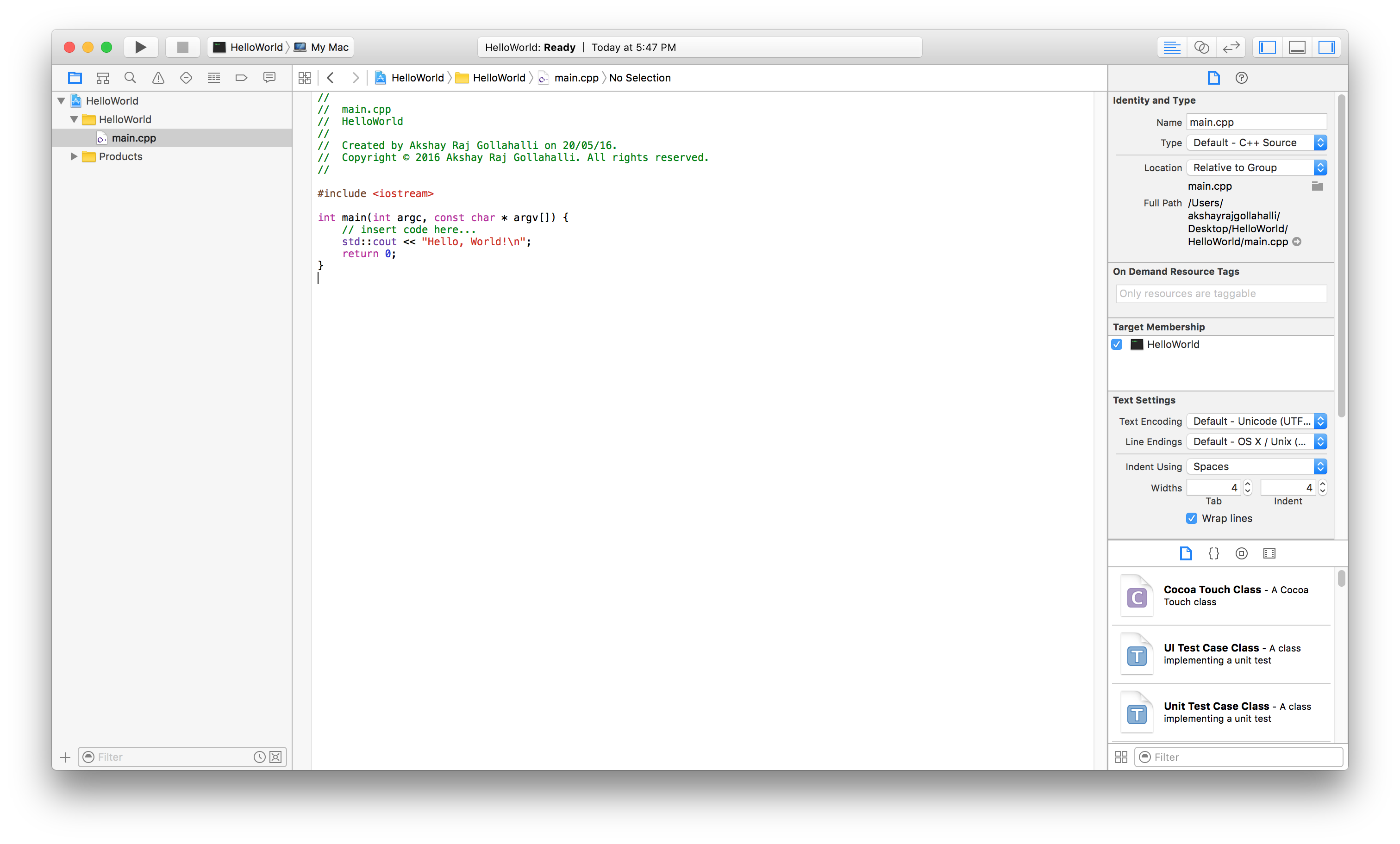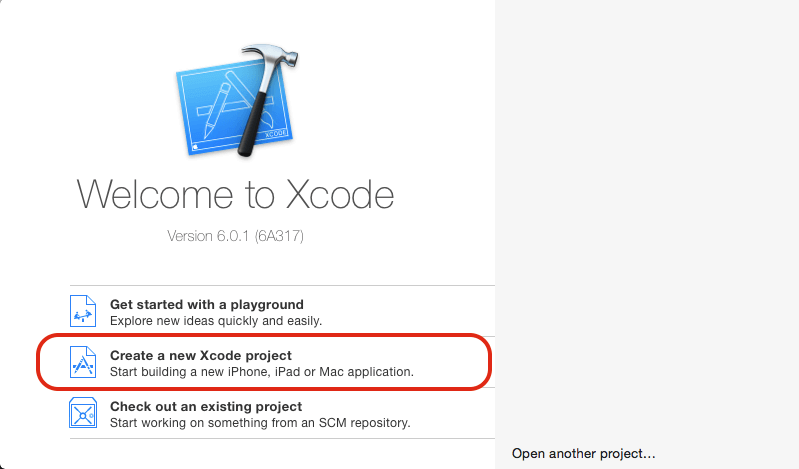
You can delete all these subfolders (though, not the iOS device support folder itself) and Xcode will create a new one the next time you run the simulator. For every iOS version you test using the simulator, a new folder is created inside this folder. There’s another folder inside DerivedData, called iOS device support. Drag the files from the ModuleCache folder to the Trash and empty it.Go to: ~/Library/Developer/Xcode/DerivedData/ModuleCache.To the right of the folder, there’s a Delete button.In the window that opens, you’ll see see the Derived Data folder listed, along with its Finder path.Choose the project whose derived data you want to delete.Now select Projects, and then click Select your project.In the menu, choose Window, then Organizer.So if you’re still having problems or things are working slow, try deleting derived data, which will force Xcode to recreate it when you next run it. If something’s not working right, it is okay to delete this folder. Delete Xcode's derived dataĭerived Data is the place for all temporary build info and project indexes. Go to the menu and choose iOS Simulator, then click Reset Content and Settings. If neither of the steps above resolves your problem, try resetting the simulator content and settings:
Xcode projects pdf#

We'll be using the free version of this program: Like everything else, it’s quick and easy to use, and won’t risk running into problems with the file system. Remember we said that there was an easier way to delete cache in Xcode? Well, a new feature in CleanMyMac X allows you to clean your iOS Simulator at the click of a couple of buttons.
Xcode projects how to#
How to clear the Xcode cache with CleanMyMac

We’ll also show you how to unearth your Xcode junk with CleanMyMac X.

Tip: There are several solutions to clearing the cache, and we’ll cover the best of them here.


 0 kommentar(er)
0 kommentar(er)
